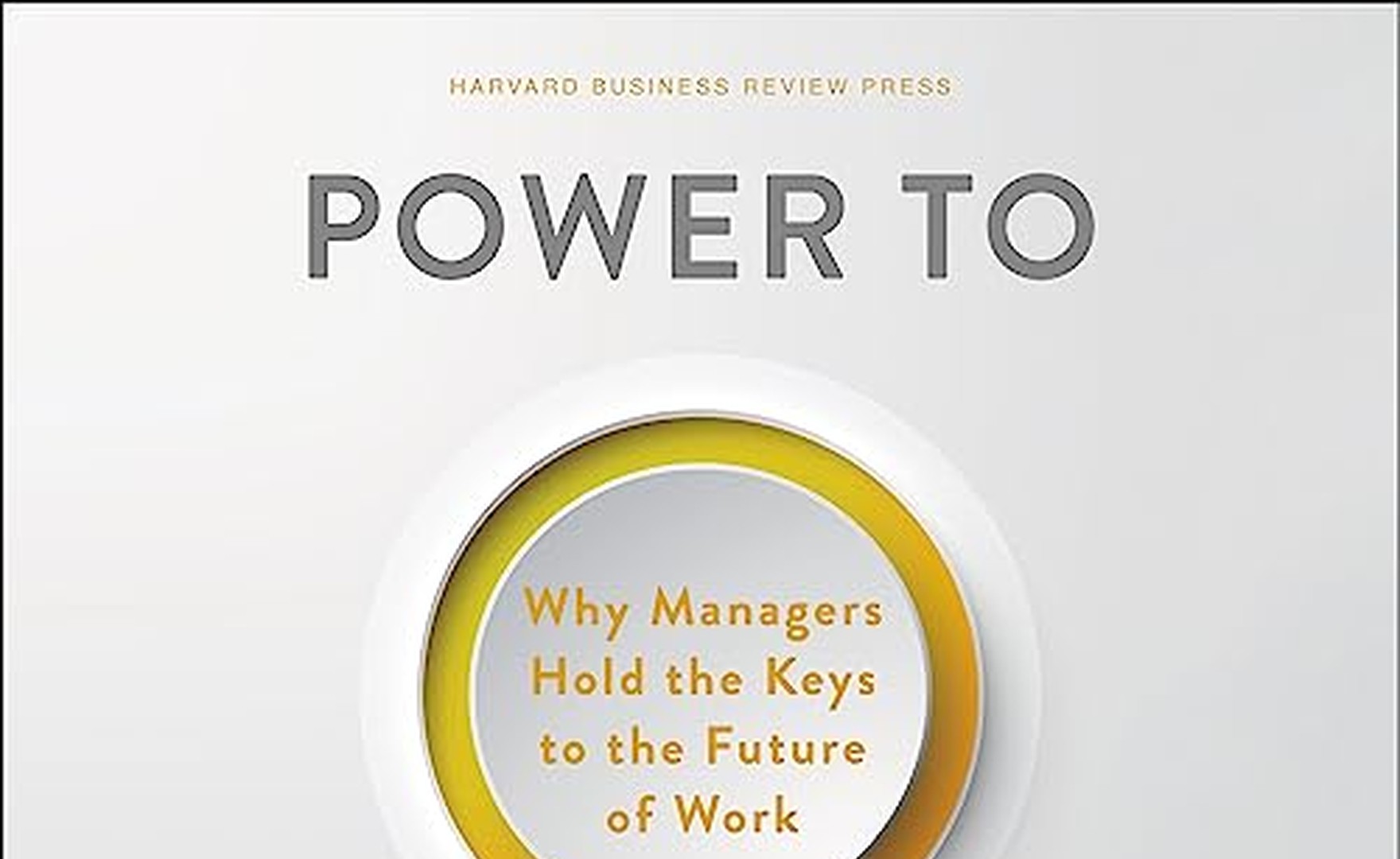Join our free webinar as we discuss why this current perspective of management is outdated and needs to change with McKinsey thought leader Bill Schaninger, co-author of Power to the Middle.
Book Review: Power to The Middle by Bill Schaninger, Bryan Hancock, Emily Field
5th February by Karen Smart
Reading time 3 minutes

“Is it about the middle-class?”, said the man on the train (arty, designer type, reading Bob Dylan’s Chronicles) Well, that made me think, “I guess it is – the focus is on the importance and role of middle managers, but I think some of its takeaways could work at the societal level”, I said, reflecting on my middle-child goddaughter with middle-child issues. The truth is that it is a breath of fresh air – perhaps because I am a middle manager myself…. and so are some of the authors.
The premise of the book is that the middle layer, is considered by organisations to be expendable yet holds the key to the future success of many organisations. This gives me pause for thought through the doomsday articles in the financial press, predicting thousands of upcoming redundancies – presumably of this same group.
I reflect too on the way here at the AoEC, we help our Practitioner Diploma in Executive Coaching participants learn how to coach. We give them the structure of beginnings, middles, endings. This model’s the likely structure of a coaching session, an assignment, and a conversation. It is not lost on me that the richness, the depth, the deepening of trust, the creativity, the experimentation all happens in the middle. Yes of course, the book ends are important and necessary but there is a parallel here with what Schaninger, Hancock and Field say about middle managers.
The authors argue that middle managers began to lose status through the rise of technology in the 1990s. This technological approach automated many processes and allowed for jobs to be offshored to places with lower rates of pay, thus rendering middle managers redundant.
The middle layer historically had a bureaucratic and controls-led purpose. The authors argue that in the post pandemic world, human connection at work is fragmented and that middle managers could be the glue that helps everyone to stick together.
Furthermore, middle managers’ roles need to be re-structured to allow them to focus on managing. A McKinsey survey reports that two-thirds of managers’ time is spent on functional tasks as opposed to management. They provide a list of activities which could contribute to a major shift in the workload, which includes aligning personal and professional goals, harnessing people’s strengths, helping to overcome obstacles etc.
The book shares plenty of relatable examples to illustrate their argument, such as Sandra the middle manager at the gaming company who worked with her team to re-structure the hybrid nature of work post-pandemic to take account of individuals, the company needs, the cadences of the work. They go on to outline three types of purpose saying “employees have been taking a hard look at the purpose of their lives. More of them want the purpose of their company to align with their career purpose and their individual purpose.” Middle managers are supremely well-placed to deliver against these needs and the authors argue that therefore the role of the middle manager requires a re-imagining.
Harnessing the power of middle managers lies with senior leadership. The authors argue that the issue can be boiled down to a lack of trust between the executive and the middle layer. “In effect executives are prioritising bureaucracy over trust”.
The authors make clear recommendations to senior leaders to optimise the role of middle managers. Examples include, making sure that middle managers can be promoted within their role. Ensuring they meet with peers regularly to avoid silo working. There is an urgent need to turn around what the authors characterise as “learned helplessness” of middle managers. Senior leaders need to up their game by training, coaching and inspiring middle managers to reach their full potential.
This quotation struck a chord: “Training middle managers to be better coaches can’t be one thing among many. It has to be the thing that senior leaders stress in the new world of work. It’s part of the mindset shift that needs to occur surrounding middle management.”
Renowned coach, Myles Downey speaks of coaching as “bringing humanity back to the workplace”. There has never been a more urgent requirement for this. Some years ago, I was fortunate enough to experience Oshry training, as set out in the book by Barry Oshry, ‘Seeing Systems’. This training gave me a highly exaggerated experience of being what Oshry terms a “squeezed middle”.
Schaninger, Hancock and Field make a great case for unsqueezing them and setting out a vision for how work can be so much better for everyone. The results of doing so will benefit, middle managers, their direct reports, the leadership and all other stakeholders. Whatever, your role in the hierarchy, reading this book will be a great start.
Power to the Middle: Why Managers Hold the Keys to the Future of Work by Bill Schaninger, Bryan Hancock, Emily Field is available to buy from Amazon and all other good book shops.
Interview
In conversation with Natalia Zalesinska
17th June 2025 by Lee Robertson
In this interview, we speak with Natalia Zalesinska, executive coach, trainer, and head of AoEC Poland. With a background in…
Interview
Professional Practitioner Diploma / “This diploma didn’t just give me new tools - it fundamentally changed how I see my role”
17th June 2025 by Lee Robertson
In this interview, we talk to Mitra Gholam, executive and leadership coach and member of the team at Alira Consulting,…
Article
How to maximise the business impact of coaching in your workplace
17th June 2025 by Lee Robertson
Coaching has firmly established itself as one of the most effective ways to unlock human potential at work. But simply…